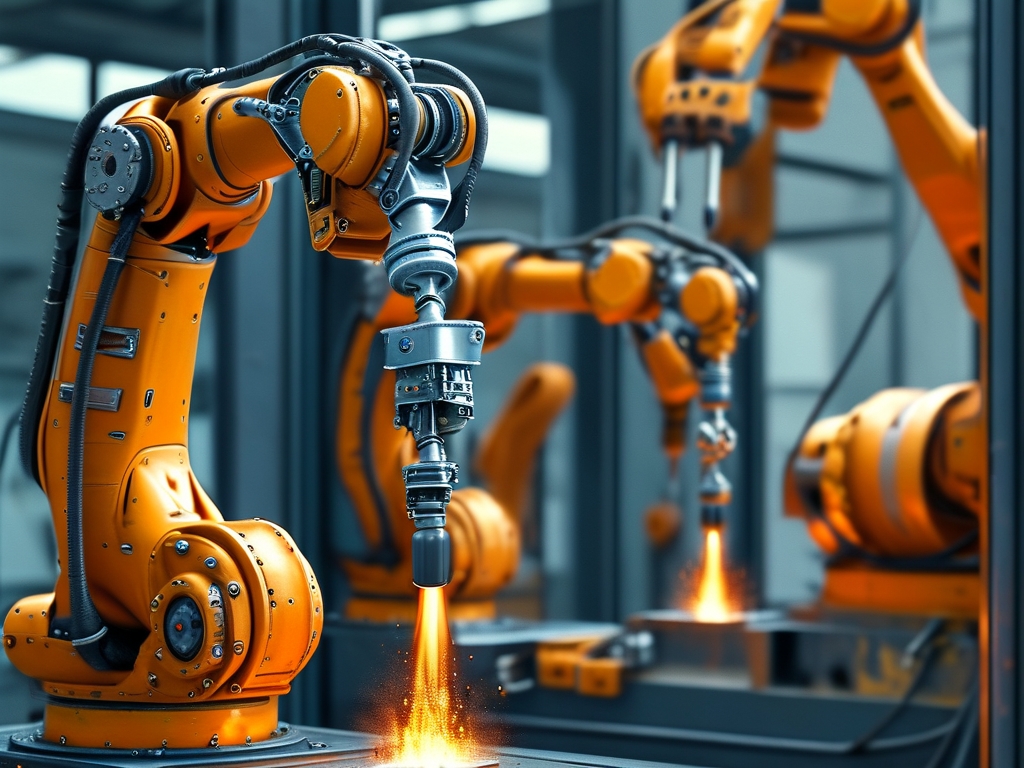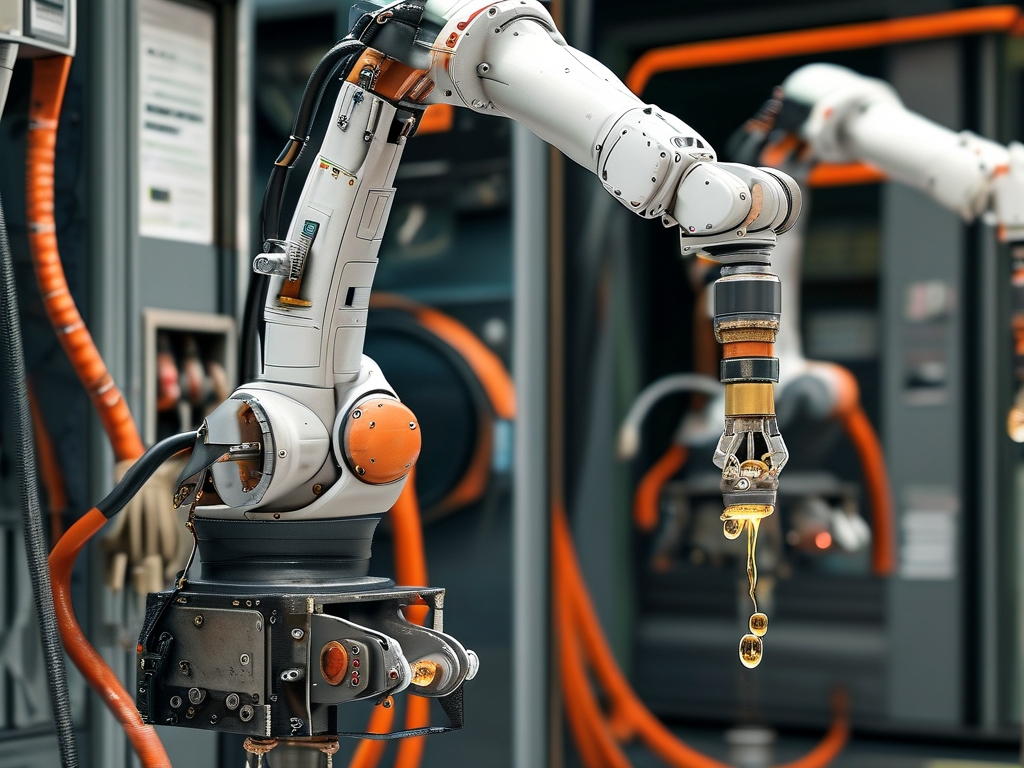The emergence of robotic fueling technology marks a transformative shift in the energy service sector. By integrating advanced automation, sensor networks, and intelligent control systems, this innovation redefines traditional refueling processes. Unlike conventional methods requiring human intervention, robotic systems achieve seamless coordination between vehicles and fueling equipment through precise positioning and adaptive algorithms.
Technical Architecture
At its core, robotic fueling relies on three interconnected modules: perception, decision-making, and execution. High-precision LiDAR and machine vision cameras form the perception layer, capturing real-time data about vehicle dimensions, fuel tank locations, and environmental conditions. For instance, Tesla's automated service stations utilize multi-angle 3D scanning to identify Model S fuel door positions within ±2mm accuracy. The decision layer employs convolutional neural networks (CNNs) to process this data, calculating optimal nozzle trajectories while avoiding obstacles. Execution is handled by six-axis robotic arms equipped with torque feedback mechanisms, enabling delicate operations like unscrewing fuel caps without damaging vehicle surfaces.
Sensor Fusion and Positioning
Cross-modal sensor fusion addresses complex scenarios in dynamic environments. Infrared thermal imaging detects engine heat signatures to verify vehicle shutdown status, while ultrasonic sensors monitor fuel flow rates. BMW's prototype system in Munich combines RFID vehicle identification with centimeter-level GPS positioning, achieving 99.3% recognition accuracy across 142 vehicle models. During operation, the robotic arm dynamically adjusts its path using SLAM (Simultaneous Localization and Mapping) technology, crucial for handling parked vehicles with irregular alignment.
Safety Mechanisms
Redundant safety protocols ensure fail-safe operations. Dual-channel pressure sensors immediately halt fuel transfer upon detecting leaks, while gas concentration detectors trigger ventilation systems if volatile organic compounds exceed 50% of the lower explosive limit (LEL). Emergency stop functions activate within 0.2 seconds when unexpected movements occur, as demonstrated in Shell's Singapore pilot project where robotic systems successfully handled 12 simulated emergency scenarios without incident.

Energy Efficiency Enhancements
Smart flow control algorithms optimize fueling speeds based on tank pressure and temperature. Chevron's tests show robotic systems reduce fuel vapor loss by 37% compared to manual methods through precisely timed flow modulation. Variable-frequency pumps adjust output from 20L/min to 45L/min, completing refueling 22% faster while maintaining EPA emission standards.

Human-Machine Interaction
User interfaces combine physical and digital elements. LED guidance strips direct drivers to parking positions, while mobile apps enable pre-payment and receipt management. In China's Sinopec stations, voice-assisted systems provide real-time status updates through natural language processing, improving user satisfaction scores by 41% during beta testing.
Maintenance and Durability
Robotic components undergo rigorous environmental testing. Stainless steel nozzles withstand 500,000 insertion cycles without performance degradation, while IP67-rated enclosures protect electronics in -30°C to 60°C conditions. Predictive maintenance algorithms analyze motor current patterns, flagging potential failures 400 operating hours in advance, as validated in Arctic field trials by Statoil.
Future Development Trends
Next-generation systems are exploring multi-vehicle servicing capabilities. ABB's concept design features dual robotic arms that can refuel four cars simultaneously through collaborative motion planning. Wireless charging integration and hydrogen refueling compatibility are also under development, with Toyota testing robotic hydrogen connectors that achieve leak-free connections in 8 seconds.
As urbanization intensifies and labor costs rise, robotic fueling technology presents a viable solution for 24/7 operational demands. While initial deployment costs remain high (approximately $320,000 per unit), lifecycle analyses project 65% cost reduction over eight years through energy savings and reduced maintenance. With continuous improvements in AI perception and mechatronic design, these systems are poised to become standard infrastructure in smart cities worldwide.









